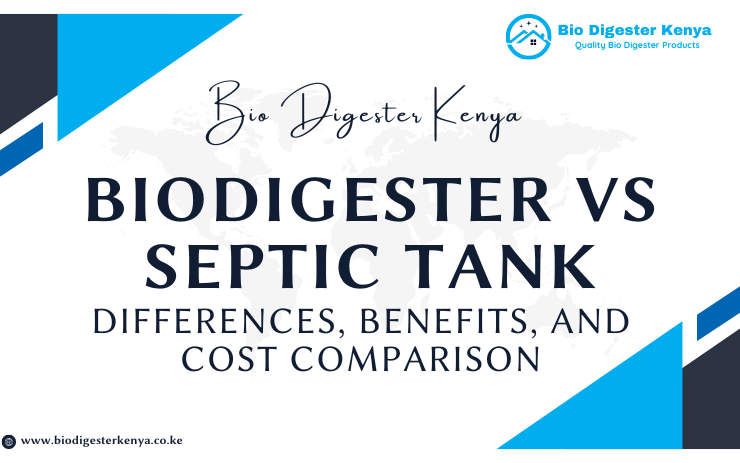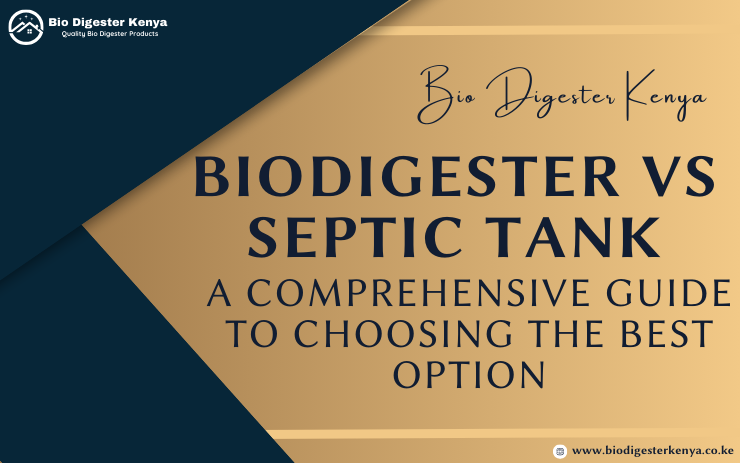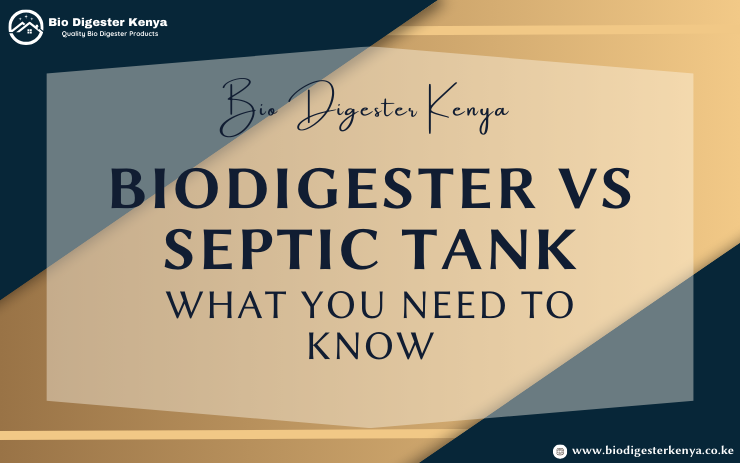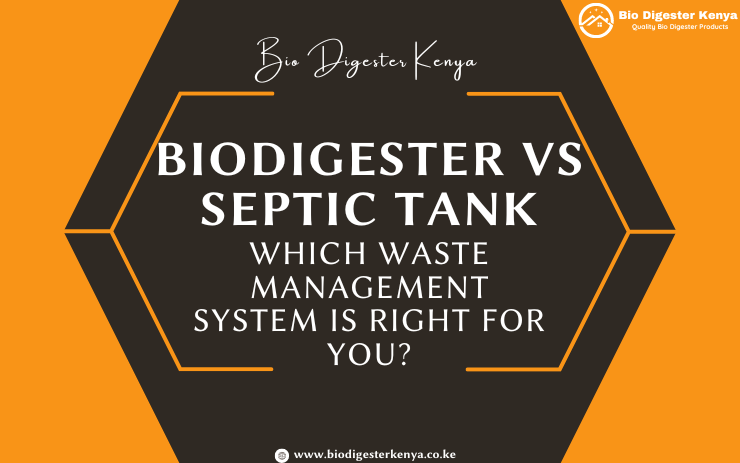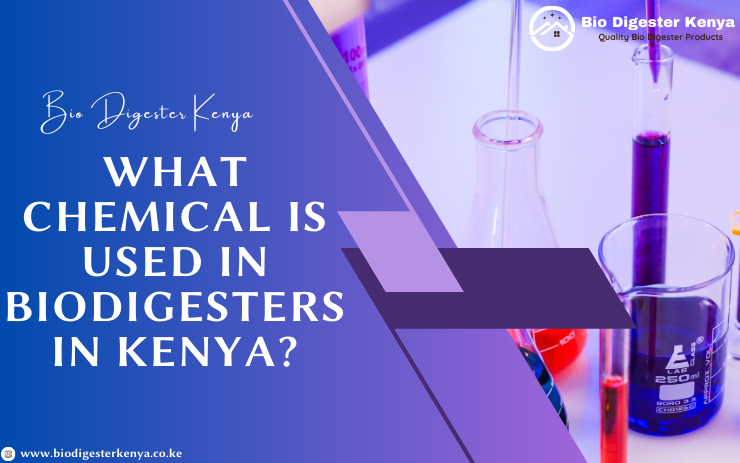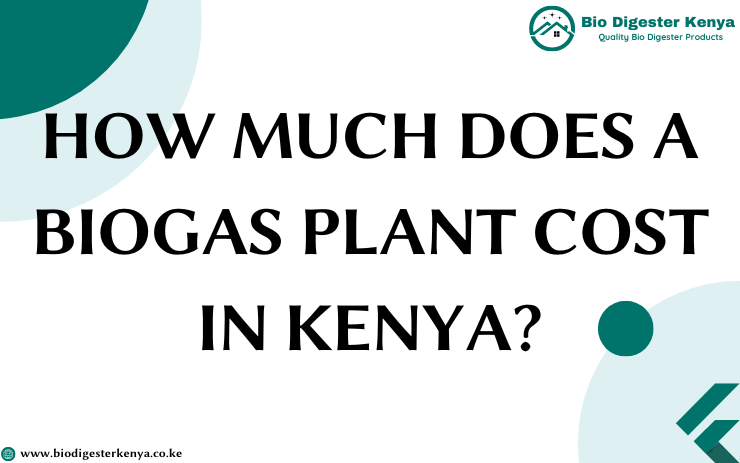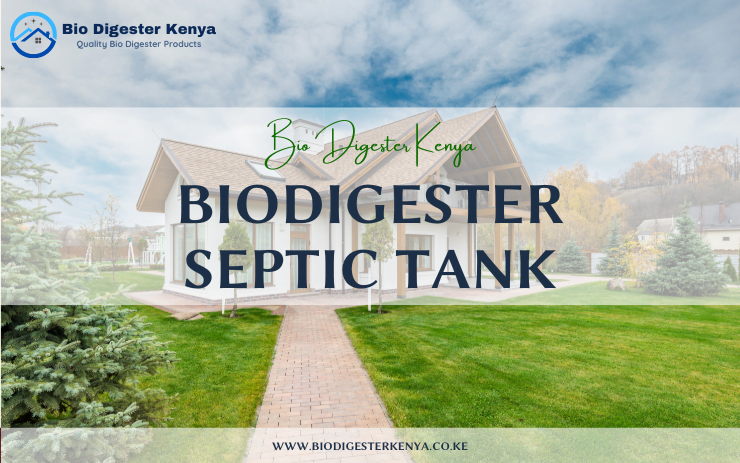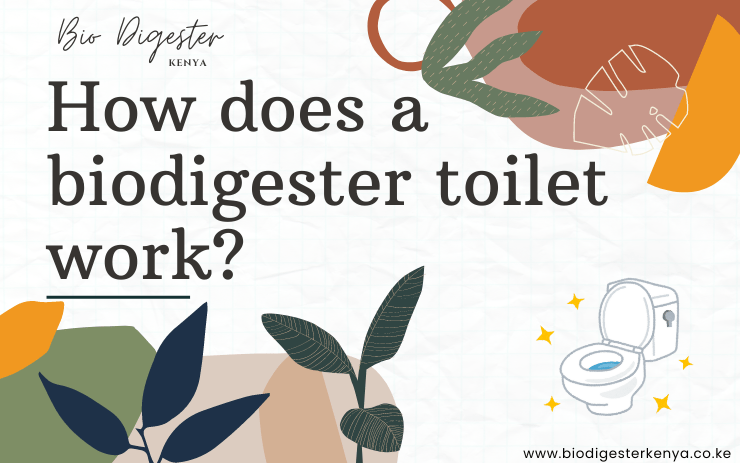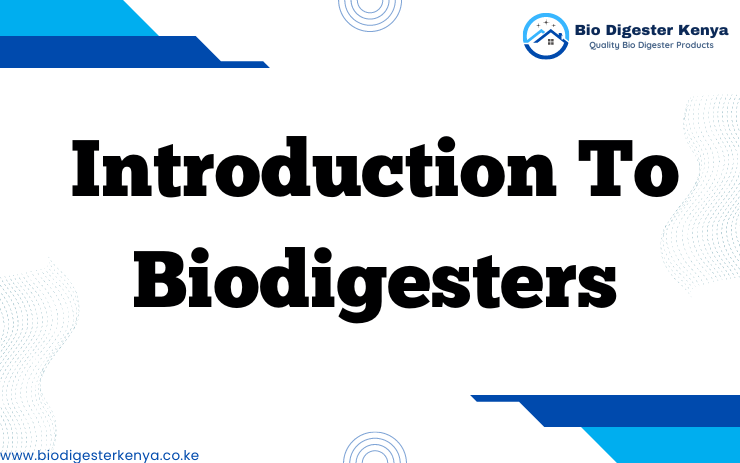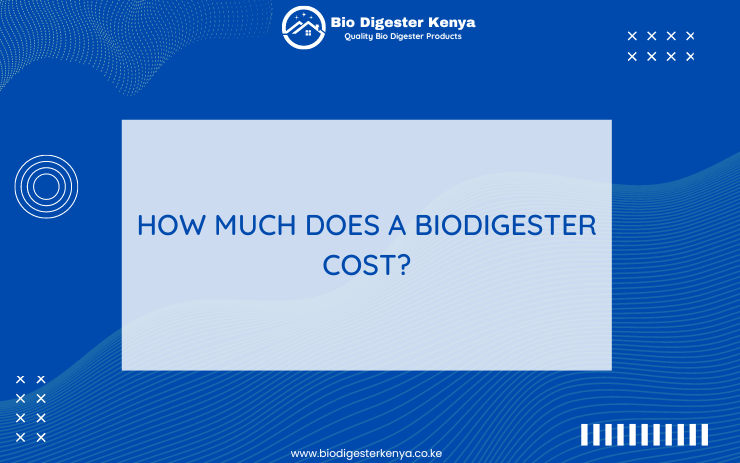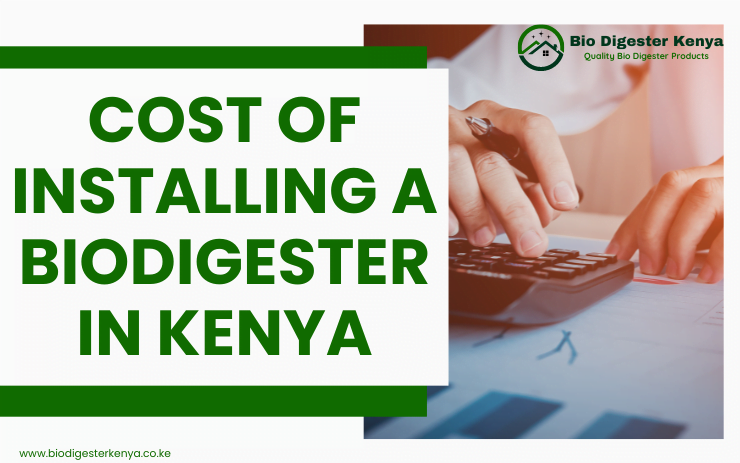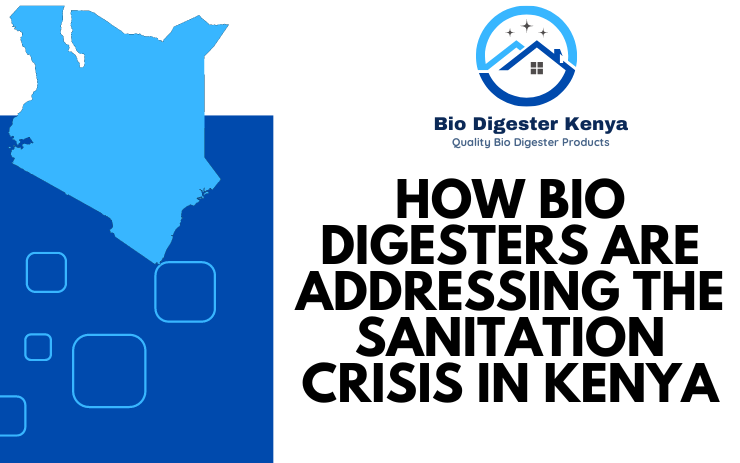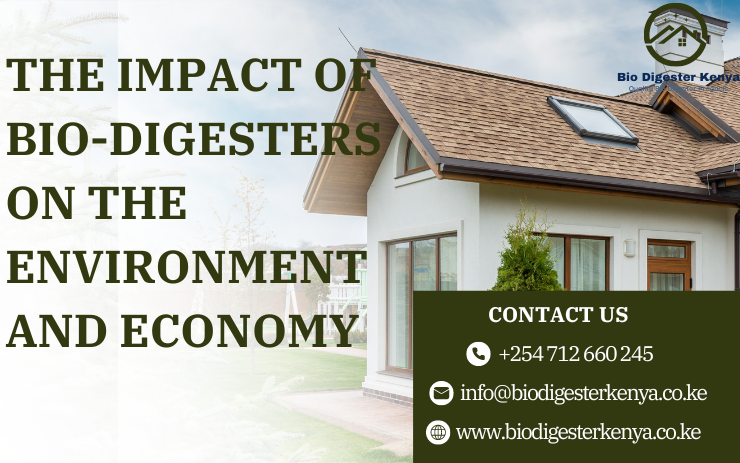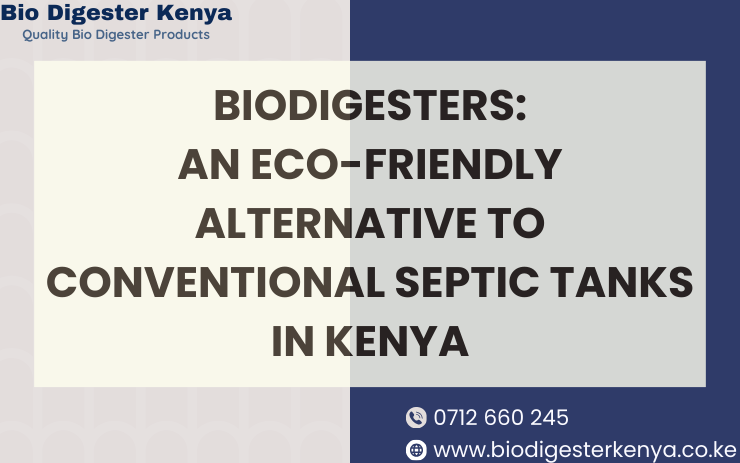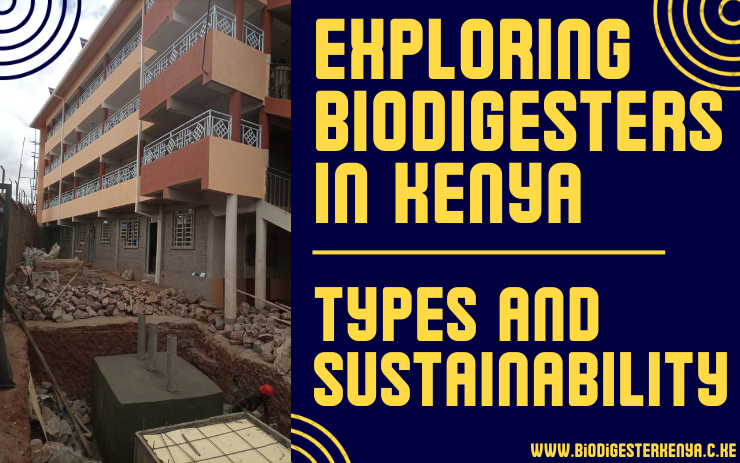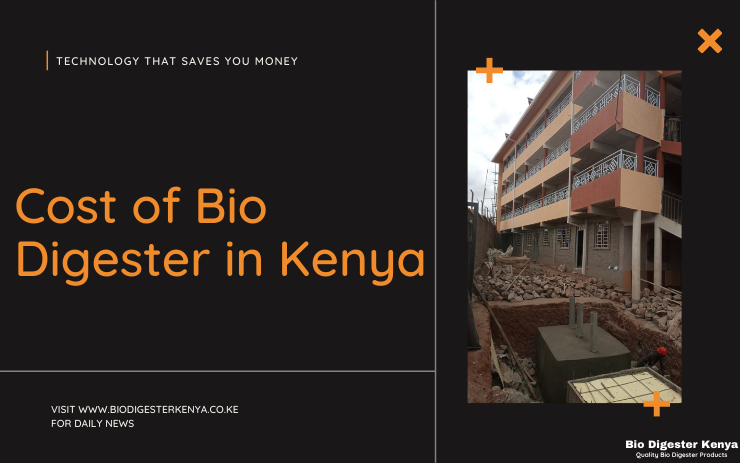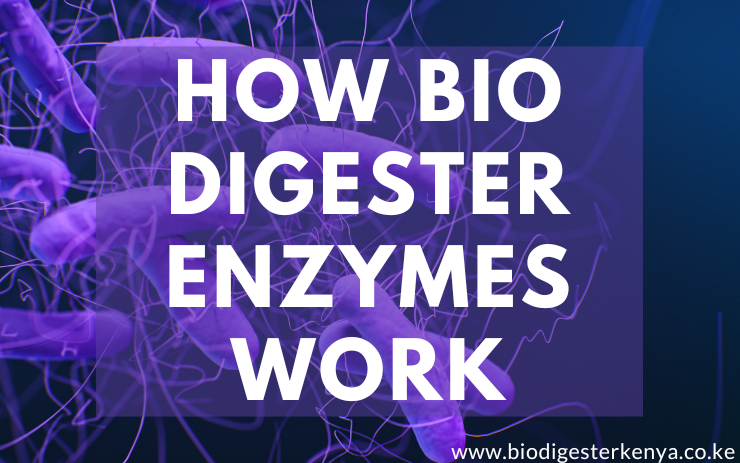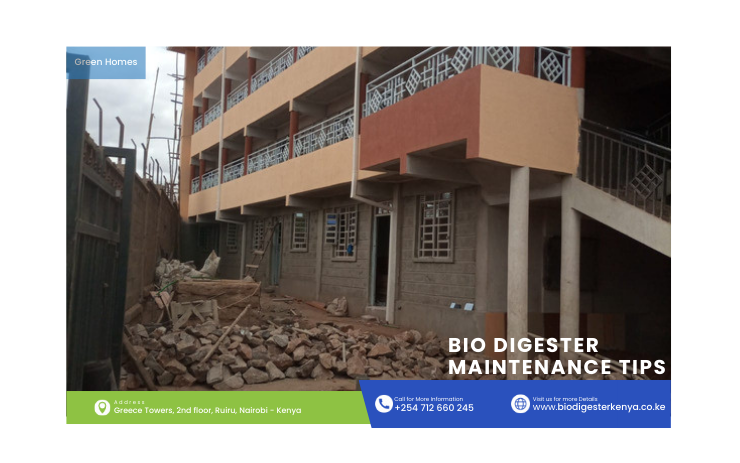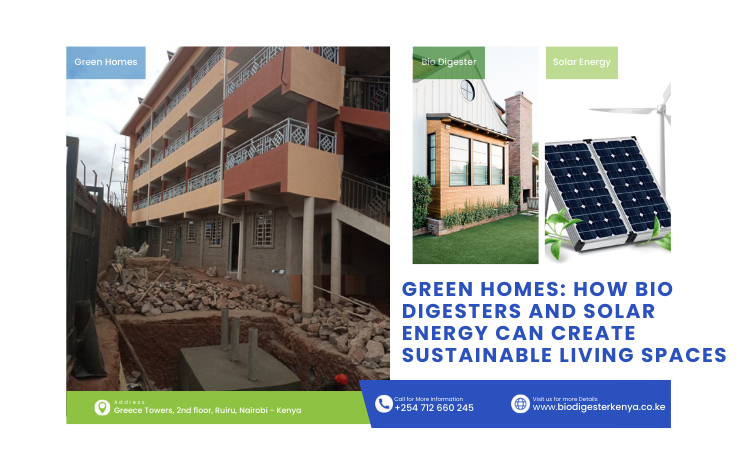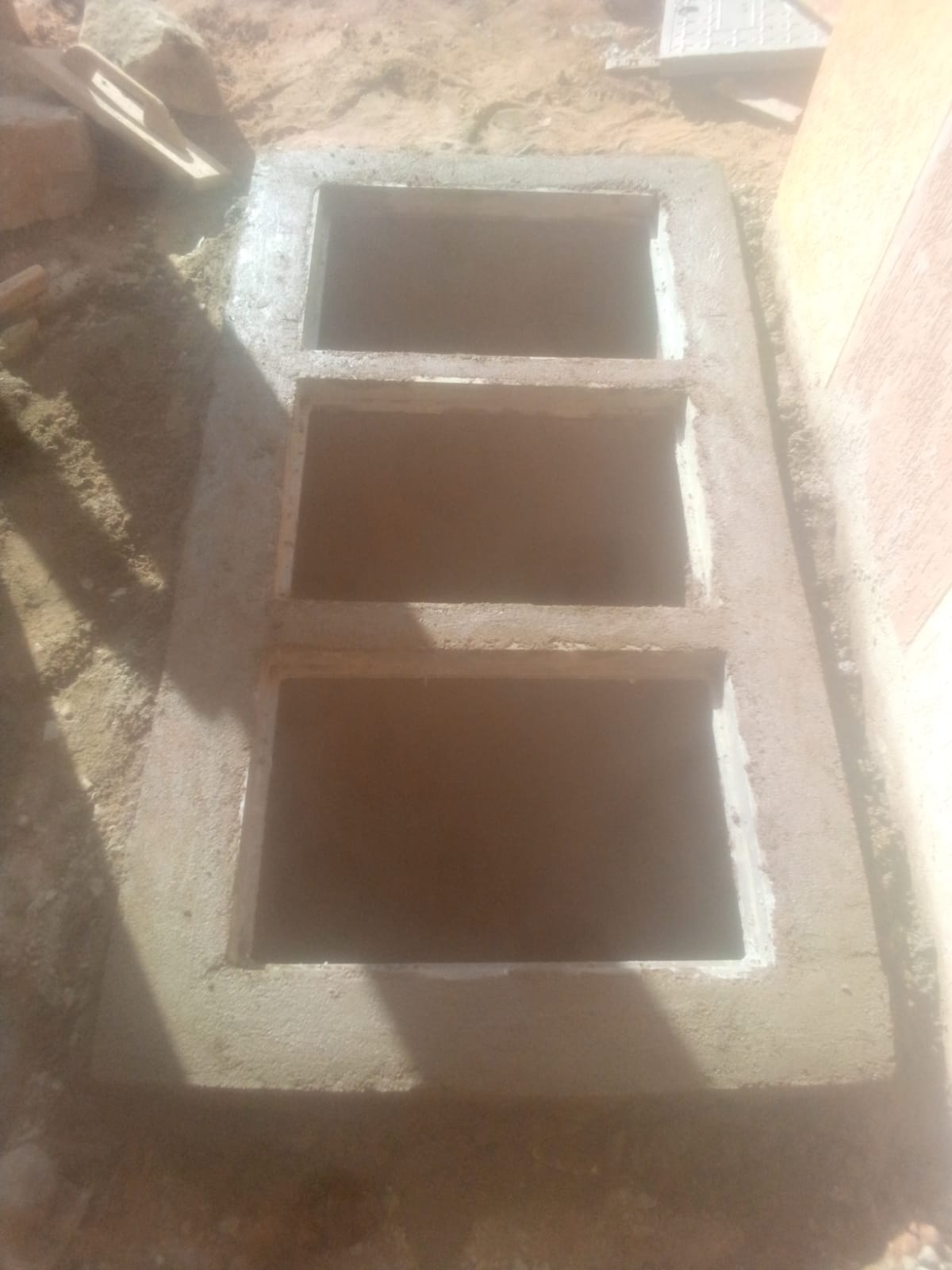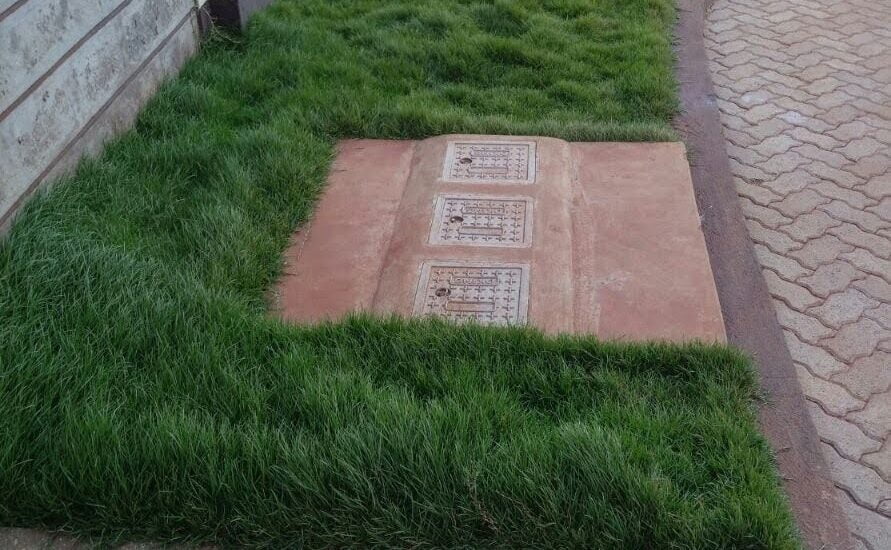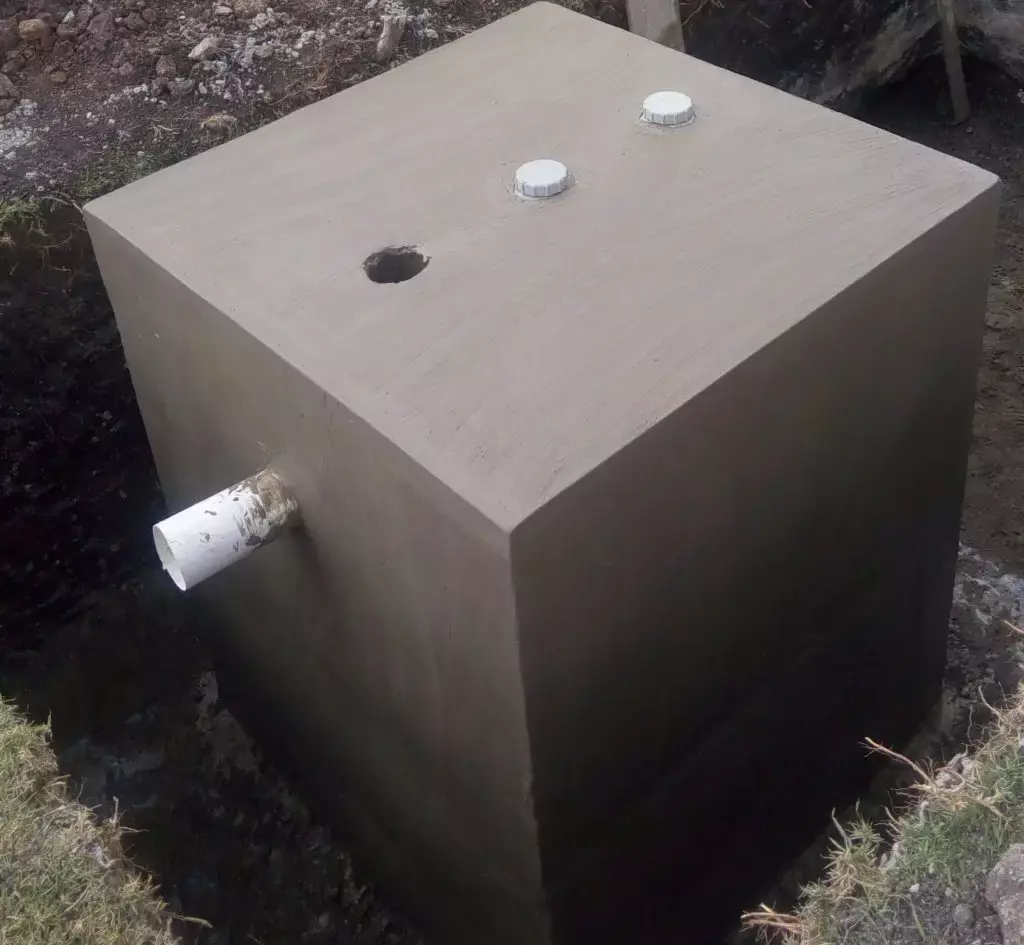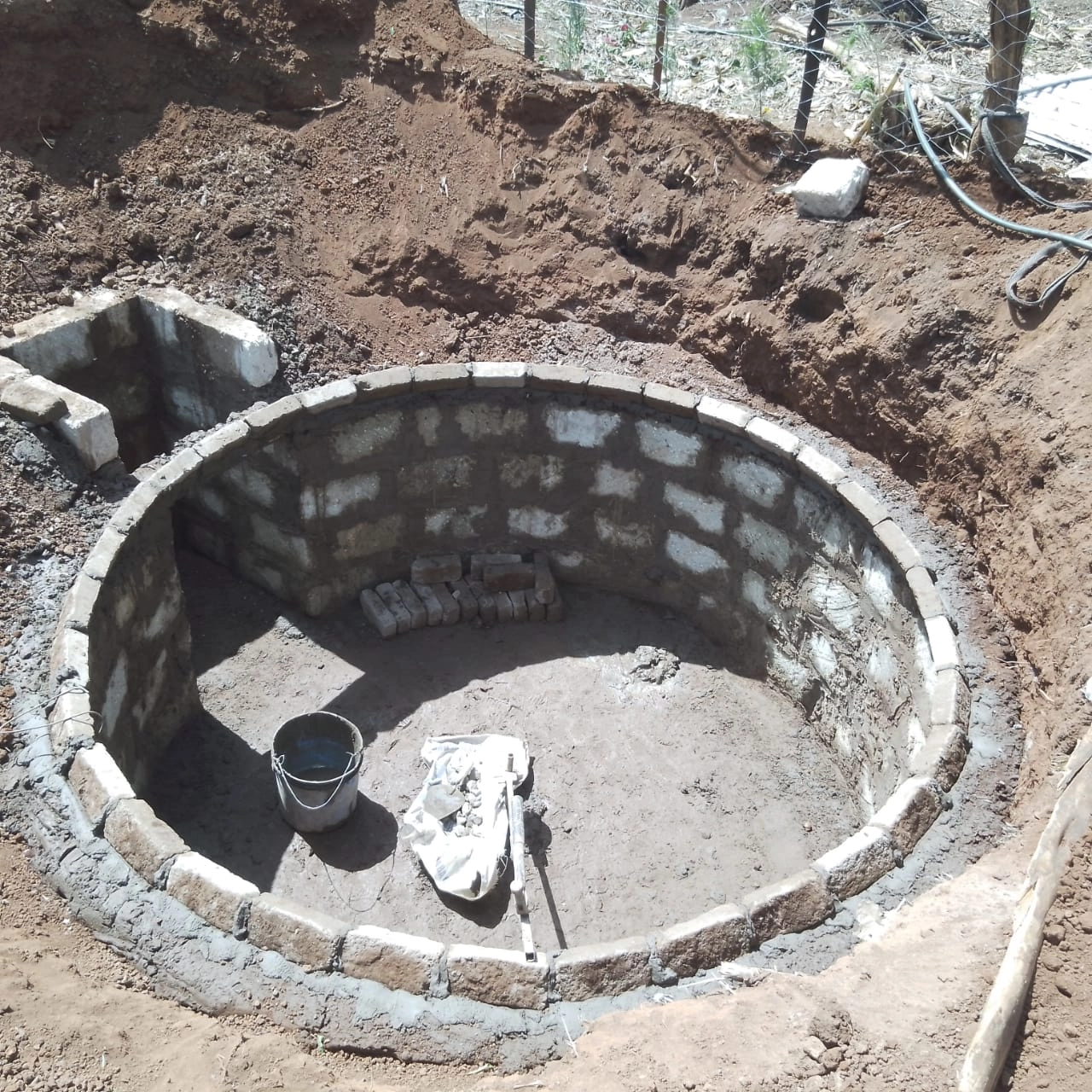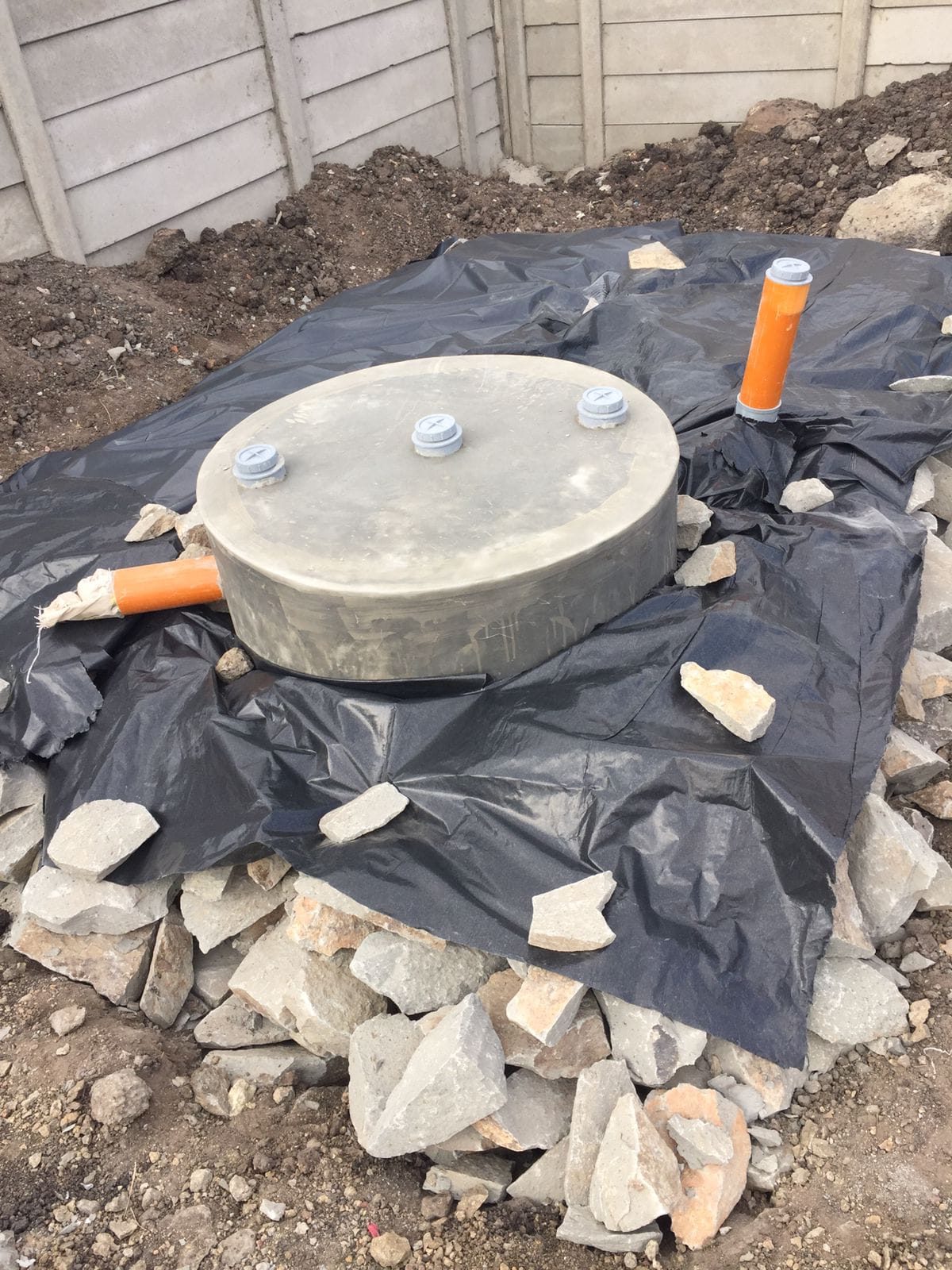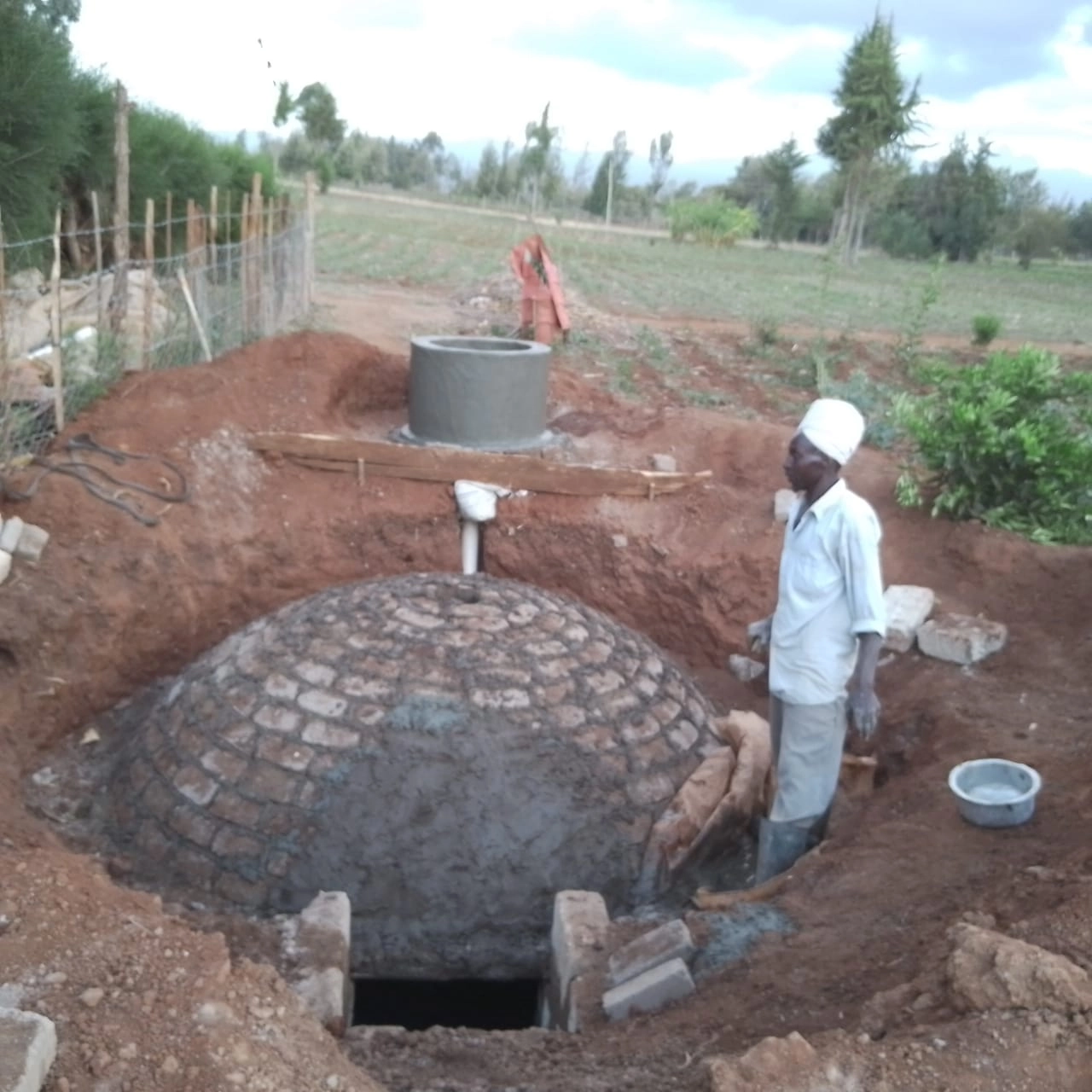Constructing a bio digester septic tank is an environmentally-friendly and efficient solution for managing human waste.
In this guide, we’ll walk you through the process of constructing a bio digester septic tank from start to finish.
As you embark on this sustainable journey, keep in mind that Bio Digester Kenya is here to provide expert guidance and support for all your bio digester needs in Kenya.
Understanding Bio Digester Septic Tanks
Before diving into the construction process, let’s understand what bio digester septic tanks are and how they work.
These innovative systems utilize anaerobic digestion to break down organic waste, converting it into biogas and effluent.
Unlike traditional septic tanks, bio digester septic tanks are odorless, compact, and environmentally-friendly.
Benefits of Bio Digester Septic Tanks
Bio digester septic tanks offer several advantages over conventional septic tanks, including:
- Odorless Operation: Bio digesters eliminate foul odors associated with traditional septic tanks.
- Compact Design: Bio digesters require less space and can be installed in various locations, including residential homes and commercial properties.
- Biogas Production: The biogas produced during digestion can be used for cooking, heating, or electricity generation.
- Nutrient-Rich Effluent: The effluent produced by bio digesters can be used as fertilizer for agriculture or landscaping.
Choosing the Right Location
Selecting the appropriate location for your bio digester septic tank is crucial for its efficient operation.
Consider factors such as soil type, groundwater level, and proximity to buildings and water sources.
Materials Needed for Construction
To construct a bio digester septic tank, you’ll need the following materials:
Tank Structure
- Concrete or HDPE tank: Provides the main structure for containing the waste and facilitating anaerobic digestion.
- Inlet and outlet pipes: Allow for the entry and exit of waste and effluent.
Piping and Fittings
- PVC pipes: Transport waste and effluent to and from the tank.
- Fittings and connectors: Ensure a secure and leak-proof connection between pipes and tank.
Ventilation System
- Ventilation pipes: Allow for the release of biogas produced during digestion.
- Ventilation fan: Promotes airflow within the tank to aid in digestion.
Construction Process
The construction of a bio digester septic tank involves several steps:
Excavation and Site Preparation
- Digging the pit: Excavate the site to the required depth and dimensions for the tank.
- Leveling and compacting: Ensure the pit is level and compacted to provide a stable foundation for the tank.
Tank Assembly and Installation
- Placing the tank: Lower the tank into the excavated pit using appropriate equipment.
- Securing the tank: Ensure the tank is securely positioned and supported to prevent shifting or damage.
Connecting Piping and Ventilation
- Installing pipes: Connect inlet and outlet pipes to the tank, ensuring proper alignment and sealing.
- Adding ventilation: Install ventilation pipes and fan to facilitate biogas release and airflow within the tank.
Testing and Commissioning
Once the construction is complete, it’s essential to test the bio digester septic tank to ensure proper operation. Conduct leak tests, pressure tests, and functional tests to verify the integrity and functionality of the system.
Maintenance Tips
Regular maintenance is essential to keep your bio digester septic tank operating efficiently. Perform routine inspections, cleanings, and servicing as recommended by the manufacturer or a qualified technician.
Cost Considerations
The cost of constructing a bio digester septic tank can vary depending on factors such as tank size, materials used, and labor costs. However, the long-term benefits and savings from using a bio digester often outweigh the initial investment.
Why Choose Bio Digester Kenya
When it comes to bio digester solutions in Kenya, Bio Digester Kenya stands out for our expertise, reliability, and commitment to customer satisfaction.
We offer a range of bio digester septic tank solutions tailored to meet the unique needs of our clients.
Our Bio Digester Septic Tank Solutions
At Bio Digester Kenya, we provide comprehensive bio digester septic tank solutions, including design, installation, maintenance, and support.
Our team of experts ensures that your bio digester septic tank is installed and operated efficiently, providing you with peace of mind and sustainable waste management solutions.
Conclusion
Constructing a bio digester septic tank is a practical and eco-friendly solution for managing human waste.
By following the steps outlined in this guide and choosing Bio Digester Kenya as your partner, you can enjoy the benefits of a reliable and efficient waste management system for years to come.
FAQs About Constructing Bio Digester Septic Tanks
How long does it take to construct a bio digester septic tank? The construction time can vary depending on factors such as site conditions, tank size, and availability of materials. However, it typically takes a few days to a few weeks to complete the construction process.
Can a bio digester septic tank be installed in any location? While bio digester septic tanks are versatile and can be installed in various locations, it’s essential to consider factors such as soil type, groundwater level, and local regulations when selecting a site.
Do bio digester septic tanks require regular maintenance? Yes, like any other waste management system, bio digester septic tanks require regular maintenance to ensure optimal performance and longevity. This includes routine inspections, cleanings, and servicing.
Are bio digester septic tanks environmentally-friendly? Yes, bio digester septic tanks are environmentally-friendly because they utilize anaerobic digestion to break down organic waste, reducing methane emissions and producing biogas for energy.
Can I use the biogas produced by a bio digester septic tank for cooking? Yes, the biogas produced by a bio digester septic tank can be used for cooking, heating, or electricity generation, providing a renewable and sustainable energy source for your home or business.



